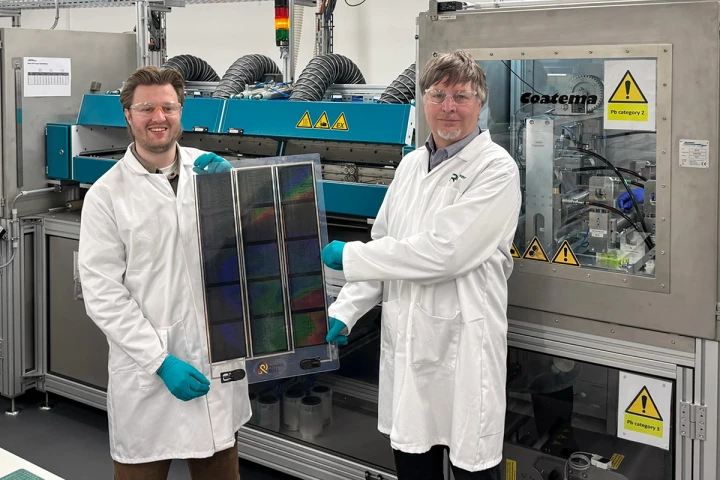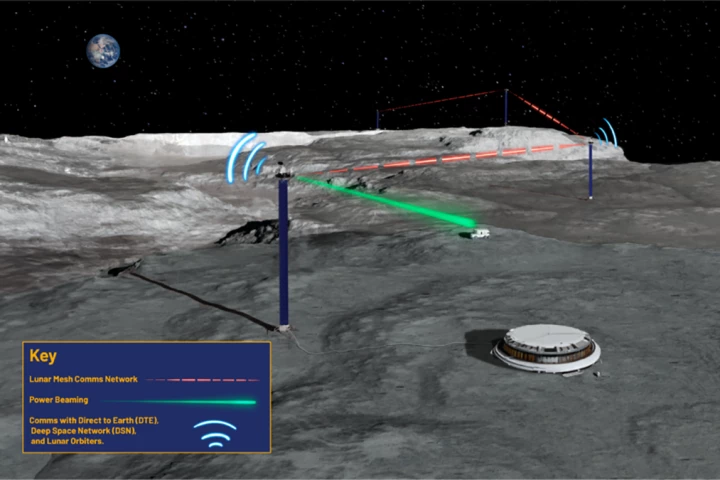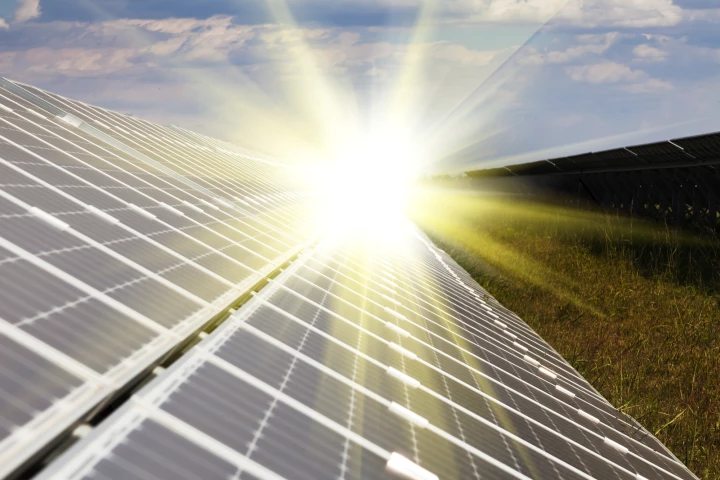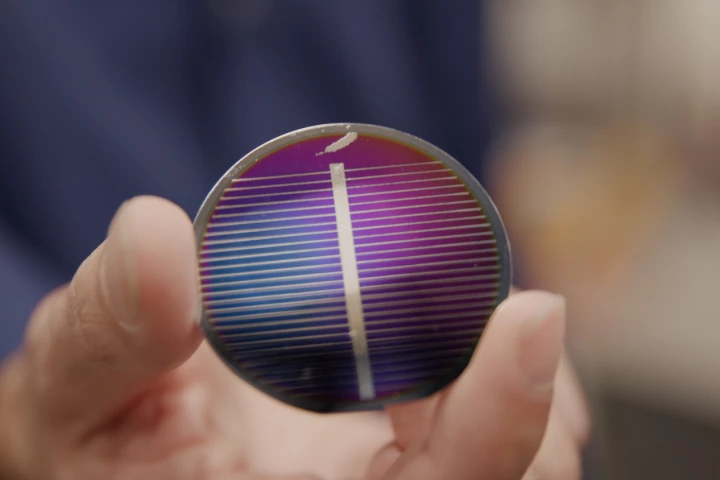Solar Cell
-
High-efficiency, inexpensive LEDs and solar cells may arise from crystalline structures cheaper than silicon. A new vapor-based method works like superconductor manufacturing, creating perovskite layers at the Angstrom level for greater durability.
-
Solar cells are subjected to a lot of harmful ultraviolet light, as they're typically placed for maximum sunlight exposure. A new eco-friendly coating could help protect them from those UV rays, and its active ingredient is extracted from onion skin.
-
Since 2012, UK-based Power Roll has been working on a way to print low-cost solar film. It's now one crucial step closer to manufacturing its lightweight film, with a new design for its perovskite solar cells that should drop production costs.
-
Honeybee Robotics has outlined a plan to build a kind of power grid on the Moon, with a network of Statue of Liberty-sized towers containing solar panels and batteries that provide power and communications, and even act as streetlights.
-
Perovskite materials are poised to take on the reigning champion of solar, silicon, but their stability is holding them back. Now, scientists in China have developed a new type of hybrid perovskite that boasts a very good efficiency over a long life.
-
Glass might soon have some competition from an unlikely rival – bamboo. Scientists in China have turned regular old bamboo into a transparent material that’s also resistant to fire and water, and suppresses smoke.
-
Multirotor drones may one day be able recharge their batteries while out and about, instead of having to return to a charging station. They could do so via onboard ultra-thin solar cells, which have already been tested on a small quadcopter.
-
Implanting tiny solar panels into people's eyeballs may sound like science fiction, but that's exactly what a team of Australian scientists are working on. The next-gen tech could vastly improve quality of life for people with incurable eye diseases.
-
Solar cell efficiency may get a bump from bumps. New research suggests that building tiny domes into the surface of organic solar cells could boost their efficiency by up to two-thirds, while capturing light from a wider angle.
-
One of the most promising, emerging solar cell technologies has received a major efficiency boost. Engineers at UNIST in South Korea have created quantum dot solar cells with a world record efficiency of 18.1%.
-
With the aim of allowing astronauts to live off the land as much as possible when they return to the Moon, NASA has awarded Blue Origin a US$35-million contract to develop the company's Blue Alchemist process to make solar cells out of lunar soil.
-
Perovskite is quickly gaining on silicon in the solar cell field, but it has one major drawback – durability. Now, a new treatment has been shown to keep perovskite solar cells working at 99% of their efficiency after 1,000 hours of use.
Load More











